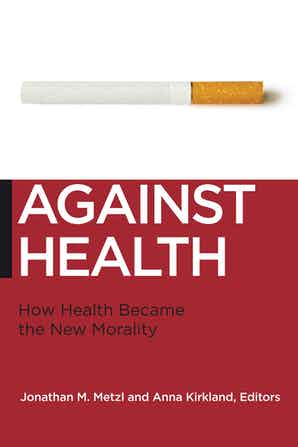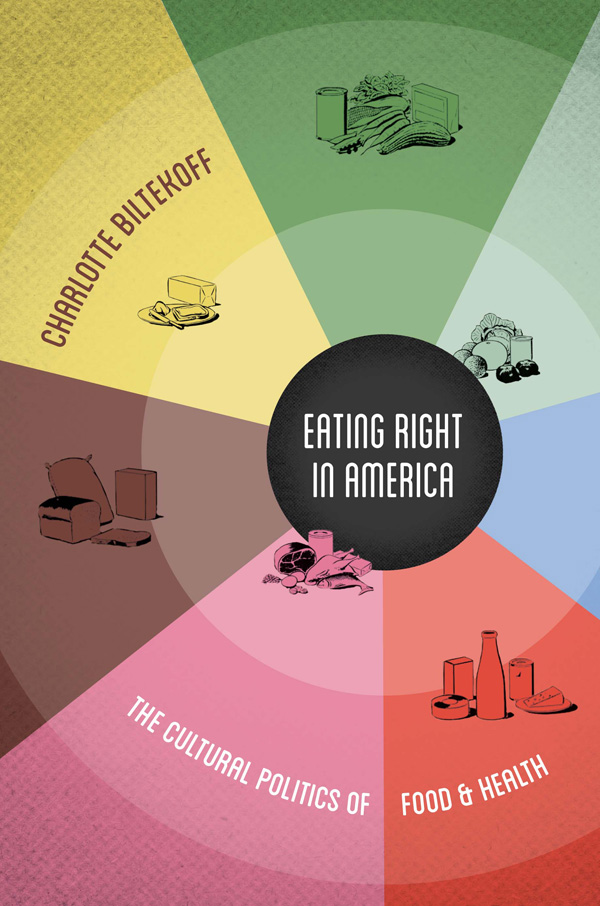This semester I taught a new special topics course, Critical Media Studies of Health and Medicine. Here’s the course description:
This course is for the next generation of health communicators, health care providers, and informed citizen patients. Together we’ll explore critical perspectives on a number of complex issues facing the fields of medicine and public health.
The course explores what health (and related terms like disease, illness, and wellness) mean to various audiences, including healthcare providers, institutions, and funding organizations, as well as to individuals, whether they are conceived of as patients, consumers, or fellow human beings. The course ponders how we can consider these terms in various (and even contradictory) contexts. The course explores what shapes our dominant cultural ideas and understandings of health and disease, from moralized beliefs to logics of quantification to systems of authority, expertise, surveillance, and control. The course considers how these ideas shape the way practitioners interact with their patients. How is the human body framed and treated within medicalized systems? What do the examples of “obesity,” maternal health, and genetics reveal about how the health care system understands, codifies, and treats bodies, especially when considering categories of identity like gender, sexuality, race, and social class?
Every step of the way, the course considers the role of communication, media, and culture in shaping how medicine understands and communicates health, disease, data, the body, and notions of selfhood—and how critique might be deployed to imagine new futures for health and healthcare.
We experimented with reading less than usual, challenging ourselves to read just one chapter closely and deeply before every class, drawn from two great books that we highly recommend:
- Jonathan M. Metzl and Anna Kirkland (editors). Against Health: How Health Became the New Morality. NYU Press, 2010.
- Charlotte Biltekoff, Eating Right in America: The Cultural Politics of Food and Health. Duke University Press, 2013.


Students engaged in many weeks of intense discussion, tried (and tried again) to define in their own words seven surprisingly slippery terms (health, healthy, disease, medicine, nutrition, wellness, fitness), and completed two group projects deconstructing and reimagining dietary advice and health communication campaigns. In their final assignment, students reflected on what they learned this semester and how it shaped their thinking. What follows is my best attempt to summarize common themes across their critical reflections, which I shared and discussed with students during our final class meeting.
The following insights come from TU students Joseph Boehm, Catherine Case, Kaley Core, Isaac Hamby, Rosalind Hobbs, Kate Hubner, Cara Johnson, Katie Rickman, Hana Saad, Kayley Spielbusch, David Stump, Lexie Tafoya, and Camden Walker, all pictured above in this post’s featured image.
What We Learned in Critical Media Studies of Health and Medicine
Health is not about striving or optimization or achievement or perfection. It’s more subjective and mutable and personal and necessarily vulnerable than we initially thought. We came to describe health as contentment, happiness, a journey, and an experience, one that can turn out well (or not) due to pure luck.
Health is about self-awareness—listening to, nurturing, and working with your body and what it needs at a particular moment. Within this, we recognize the importance of mental health, the mind-body connection, and a holistic perspective to our embodied lives.
Health is also, at its core, a privilege, just as Biltekoff argued eating right is, one made inequitably available to White and affluent people in the Global North. Health should be collective. Health should be truly accessible to all, shared with all.
Health should not be treated or enacted in moralized terms, despite how very often that occurs. Health can’t and shouldn’t be judged by appearances alone. Our bodies are visible and they tell our stories, but our society (and our media) routinely place bodies under a cultural microscope, especially on our Instagram and TikTok feeds. What’s more, some strife is invisible despite its significant presence in our lives and doesn’t receive the attention and resources it requires.
Capitalism strongly shapes our definitions of health and healthcare, especially when it comes to the pharmaceutical industry. A Western, White, and very American view of health and disease overemphasizes cures, triumphant narratives, and forceful, even battle-focused rhetoric. It also reduces people to diminutive patients positioned beneath the expertise of physicians, into consumers shopping their way to wellbeing, and into little other than laborers working and struggling to get by.
Relatedly, we were hugely influenced by the multiple authors who critiqued neoliberalism and notions of individual responsibility for one’s health, which overemphasizes the power of personal choice and fails to acknowledge, let alone fix, systemic inequities.
Some more key concepts that we’ll take with us from this course:
- Key “-tion” terms: normalization, medicalization, quantification, standardization.
- We’ll endeavor to constantly unpack all binaries but especially normal/abnormal and healthy self/unhealthy others.
- Although very depressing to digest, we loved Joseph Masco’s “Atomic Health” chapter in Against Health. He argues that the development of the atomic bomb introduced a new, fatalistic worldview that shaped health, disease, dying, and death—in ways that resonate for us today, too, as we ponder climate crisis. Masco posits: what if health is understood as just the beginning of our death, which is certain, and not being prevented or eased to the extent it could be by those in power? We demand more; something better.
- We learned from Eunjung Kim’s insightful chapter that asexuality exists, matters, and needs to be understood in more complex ways than an abnormality in need of treatment. This was but one case where we learned that diagnosis can be an act of empowering recognition but it can also close doors, end conversations, and cause harm.
- From Vincanne Adams’ chapter, we learned how knowledge hierarchies shape our local and global healthcare systems through connections forged between science, research, culture, global economies, health policies and programs.
We learned to dismantle assumptions our society (and many of us) have long held. We now question our assumptions about:
- disability, pain, and suffering. Guided by Tobin Siebers’ chapter, we recognize that many people live well and happily with a disease, chronic condition, or disability;
- fat bodies; fat stigma, bias, and oppression; and an “obesity epidemic;” like Katie LeBesco did in her chapter, we assert that health is not one-size-fits-all and endorse health at every size;
- the rights and roles of women shape our understanding of health. From Joan B. Wolf’s chapter, we learned that women are too often framed as just potential mothers in a society where total motherhood reigns but bodily autonomy doesn’t, where a mother’s “wants” are positioned against and as always less than a baby’s “needs;” where women, specifically, are expected to weigh risks and manage the impossible desire to eliminate them all.
We always knew, but now we know for sure, thanks to Dorothy Roberts’ chapter, that poor health is rooted in, caused by, and the result of social inequities, including within global health alongside histories and contemporary forces of imperialism and colonialism.
On a more positive and transformative note, we discussed taste and pleasure when it comes to food and eating, but also in other aspects of health, as we read Biltekoff’s book and Richard’s Klein’s chapter. What happens when we put pleasure at the center of health in a non-judgmental way that welcomes others inclusively into healthiness? How could this transform health communication, branding, and messaging, for the better?
Overall, deconstructing something like health is hard work, and sometimes very disorienting, but it’s worth it. It turned our learning inward to ourselves: our assumptions, our biases, our families and stories, our pasts, and how we want to think, be, and act in the future. It also turned our learning outward to our culture, society, media, government, and healthcare system.
This is a course that changed us, what we think, how, and why. We can now approach health (and to communicate about it!) with nuance, complexity, ambiguity, subjectivity, justice, inclusivity, and endless possibility.
